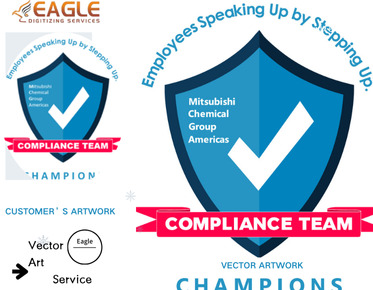DIY Silk Screen Printing: Unlocking Your Creative Potential
The Art of Silk Screen Printing
Silk screen printing, also known as serigraphy or screen printing, is a versatile and widely used technique in the arts and crafts world. It involves creating a stencil, known as a screen, and using it to apply layers of ink on the desired surface. Whether it's DIY t-shirts, posters, or wall art you're after, mastering the basics of screen printing can lead to a gratifying creative outlet.
Getting Started: Essential Materials
Before diving into your first project, gather the necessary materials. These typically include a screen frame, squeegee, photosensitive emulsion, and fabric or paper to print on. You can purchase these from specialized art supply stores or online platforms dedicated to screen printing supplies.
Choosing the Right Screen
The screen is the backbone of your silk screen printing setup. It serves as the stencil for your design. Screens are made with a mesh material that comes in various thread counts, affecting the detail you can achieve in your print. Selecting the right screen depends on the level of detail in your design and the type of ink you plan to use.
Realizing Your Designs with Techniques
Designing for screen printing involves creating crisp and high-contrast images. If you're not confident in your drawing skills or want to vectorize existing artwork for clean prints, consider using vector conversion services to achieve high-quality results.
The Role of Color and Photochemical Processes
To transfer your design onto the screen, you'll use a photosensitive emulsion process. This involves coating the screen with emulsion, placing your design on top, and exposing it to light, which hardens the emulsion except where your design blocks the light. This resistant area becomes your stencil.
Printing Your First Design
With your screen ready, it's time to print. Position your material under the screen and use a squeegee to spread ink evenly across the screen. Applying the right pressure and angle with the squeegee is crucial for a clean transfer. Removing the screen carefully will reveal your design imprinted on the substrate.
Advanced Techniques and Troubleshooting
Once you've mastered the basics, you can explore techniques like multiple colors and more intricate designs. For these, precise color registration and quality vector artwork are essential. Although DIY, utilizing expert vectorization services like Eagle Digitizing can improve photo-realism, offering services like vector art services for converting your designs and logos.
Dealing with Ink and Screen Issues
Common issues like poor ink coverage or screen clogs can be rectified by adjusting your squeegee technique or cleaning your screens. Maintaining your equipment is vital for consistent results and longevity of your tools.
Expanding Your Skills
After gaining confidence, consider increasing your production scale by incorporating more advanced setups with multiple screens and colors. Engaging in community art groups or online forums can provide valuable feedback and inspiration.
Exploring Commercial Use and Entrepreneurship
As you refine your skills, explore selling your products online or at local markets. Silk screen printing offers a pathway to a small business enterprise, allowing you to create custom apparel, posters, and home goods that resonate with your artistic style.
Leveraging Professional Services
For those looking to streamline production, professional digitizing services offer a vast array of benefits. Eagle Digitizing, for example, offers exceptionally fast vectorization and digitizing that meet industry standards, allowing you to focus more on creativity and less on production technicalities.
The Future of Silk Screen Printing
The growing interest in sustainable and bespoke artwork aligns perfectly with silk screen printing's capabilities. Furthermore, digital advancements in vector technologies are opening new frontiers for creativity and efficiency. The question remains: how will you integrate these into your artistic journey?
By integrating key insights into silk screen printing with professional digitizing services, this guide equips you to embark on your creative path, armed with the knowledge of both traditional and modern techniques. The world of screen printing is vast and full of potential—what will your next project be?
.png)


